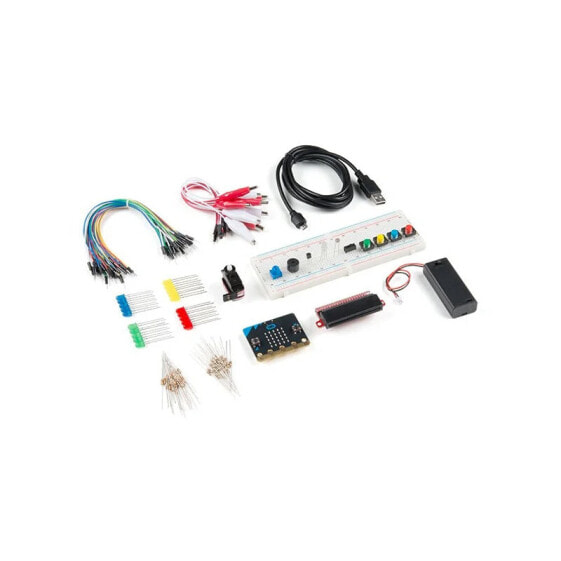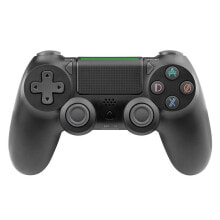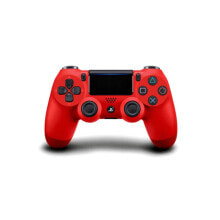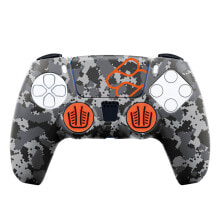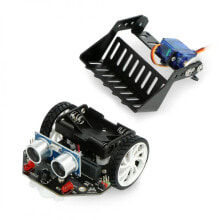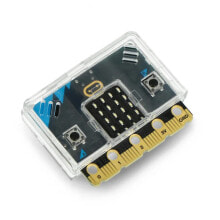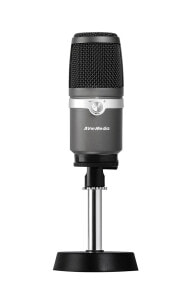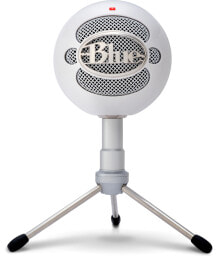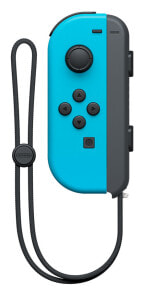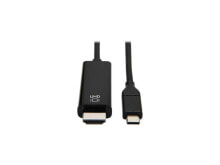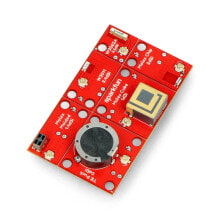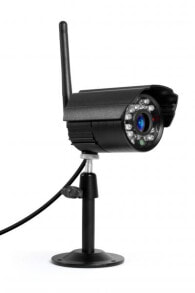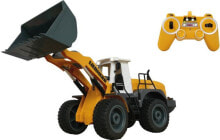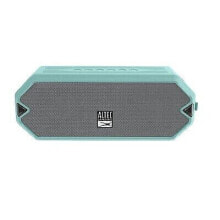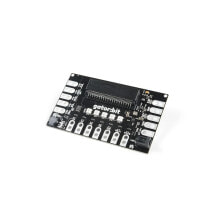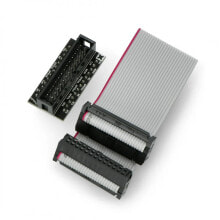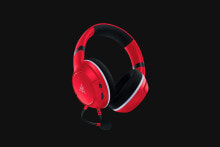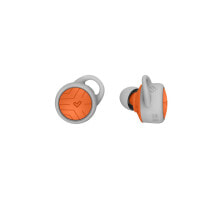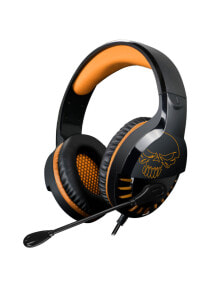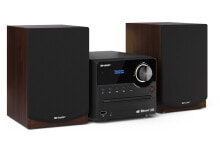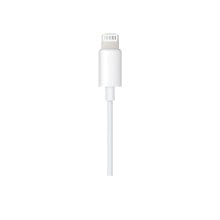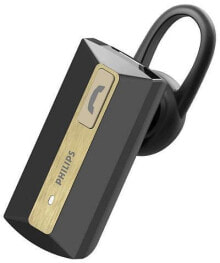Inventor's Kit for micro:bit - SparkFun KIT-15228
- Артикул:
- 42767136
Характеристики
Прочие свойства
- Бренд
- SparkFun
Описание
A set of electronic componentsfor easy work with the minicomputer.micro:bit. The set, apart from the minicomputer itself, includes accessories that are necessary or greatly facilitate the creation of basicprojectsbased on the minicomputer. Many elements of the set alsofitother minicomputers, so we will not have to buy more sets dedicated to another minicomputer.
Inventor's Kit presentation for micro:bit fromSparkFun.
Examples of projectsThe projects that we can perform with the use of the set, allow us to get acquainted withthe possibilities of themicro:bitminicomputerandgain knowledgeusefulin creating projects on our own. The projects have been divided into 11 articles available in a freeuserguideinEnglish:
- Hello,micro:bit! - Hello World program, which allows you to learn the basic assumptions and programming methods
- LEDflashing
- Reading values frompotentiometer
- Reading values from a photoresistor
- Use of RGB LED
- Reading values fromthe SPDT switch
- Reading values froma button
- Reading values fromtemperaturesensor
- Use of the servo
- Use of the buzzer
- Use of the accelerometer
- Use of the compass
BBC micro:bit, a minicomputerbased on a 32-bit processor with an ARM Cortex M0 core.
The idea behind its creation was to popularize issues related to programming and electronics.
2 AdapterSparkFun Breakoutfor connecting micro:bit modules to the contact plate. It has I2C and SPI bus outputs. It facilitates connection of other accessories to the minicomputer. 3 The 830 field contact plateallows connections between the minicomputer and many additional modules or sensors without soldering. 4 Two AAA batteries containerwith a wire ending in a plug matching the JST connector on theboard of the minicomputer. 5 A small servo motorized system that can be rotated through approximately 160°. 6 The easy-to-usetemperature sensorTMP36allows measurements from -40°Cto 125°C. 7 Photoresistorwith resistance from 1kΩ to10kΩ. 8 MicroUSB cable - USB type A.USB is one of the most popular communication interfaces used in electronics. In the case of micro:bit it will be used to program the board from a personal computer. 9 Connecting cablesterminated on both sides with a male connector. 10 Connecting cablesterminated on one side with a male connector and a crocodile connector on the other. 11 RGB LEDwith 3 pins corresponding to each color at once 1 longest pin, which is the cathode. 12 Set of 20 LEDs in 4 different colors (5 pieces of one color each). 1310kΩpotentiometerwithhandy knob.
14 The coloured buttons will serveas an input. 15 Slideswitch, can be easily and intuitively used to change logical states. 16 Littlebuzzerwhich operates in the 2 kHz audible range. 17 Resistorswith a resistance of 100Ωand a tolerance of about 5%. 18 Resistorswith 10k resistanceΩ and a tolerance of about 5%. Useful links- Manufacturer's website
- User guide
- First steps with micro:bit
- BBC project information micro:bit
- Applications for micro:bit
